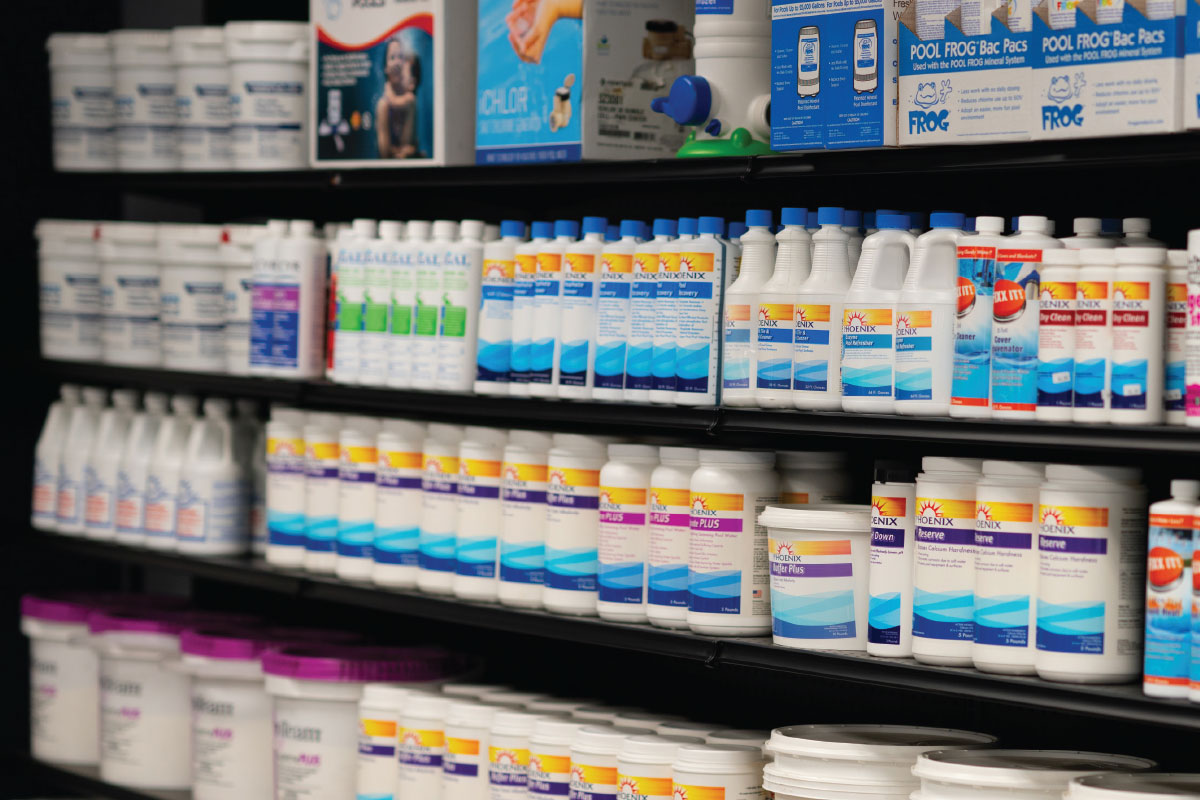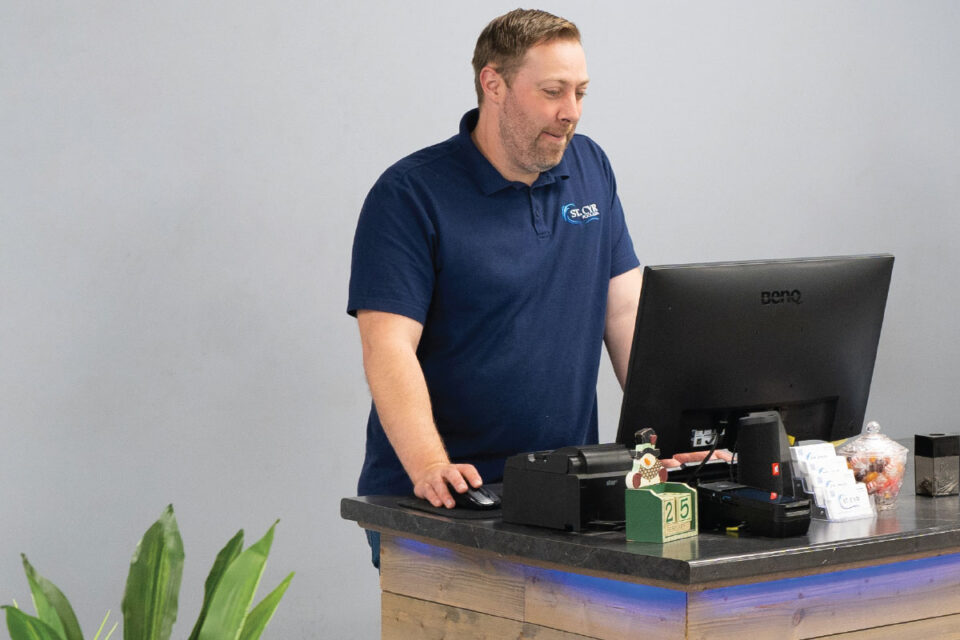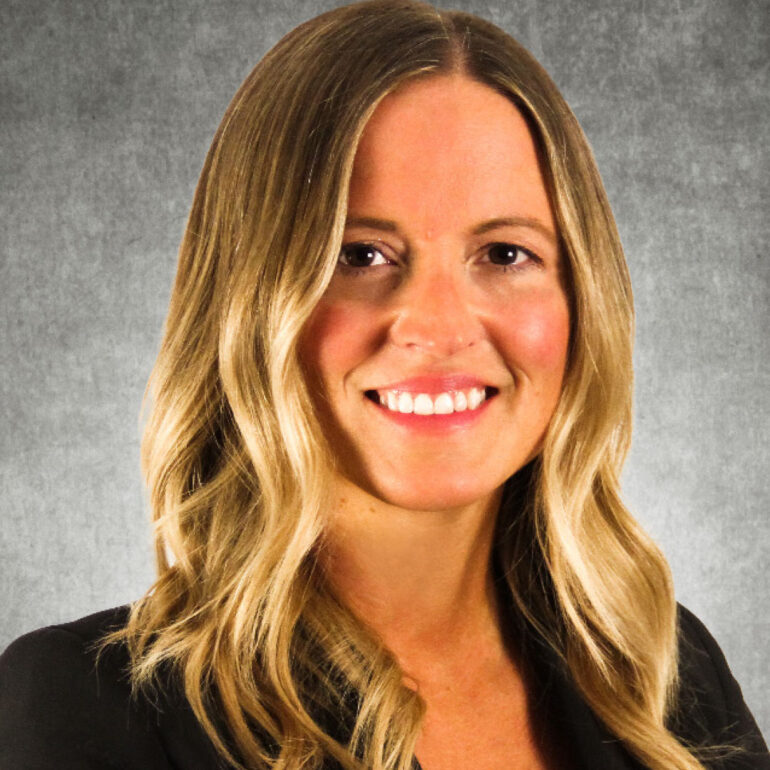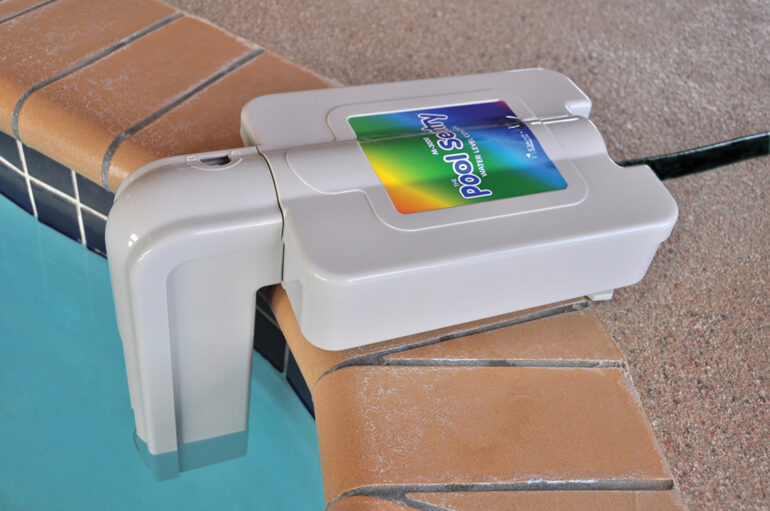Proper Pricing Models

Many pool pros are embracing a plus-chem pricing structure
Pool pros are working toward a consensus on whether to include chemicals in their service pricing or to separate out that cost for clients. It’s an important deliberation, especially with the price fluctuations in recent years.
For Michael Rodarte, owner of Empire Pool Company in Scottsdale, Arizona, and Jay Broyer, co-owner of St. Cyr Pool & Spa in Middleton, Massachusetts, this isn’t a new conversation.
“I’ve been a big proponent of plus-chem pricing for years,” Rodarte says, referring to a pricing method in which chemicals are sold separately from the service. “I changed in 2020, and it’s something I wanted to do many years before … It was one of the best things that’s ever happened to my company.”
I changed in 2020, and it’s something I wanted to do for many years before… It was one of the best things that’s ever happened to my company.”
Michael Rodarte, Empire Pool Company
When chemicals are included, eventually either the pool servicer or the customer is getting an unfair deal.
For instance, in the summer, if $20 of chemicals are allocated for the client, but their chemical bill was more because they had a large pool party, that’s to the detriment of the pool professional.
“Now you’re being taken advantage of, and you’re losing out on money,” Rodarte says. “It just depends on the time of the year. With plus-chem pricing, none of that happens. The customer only spends the amount of money that their pool needs to take care of it.”
In the winter, some clients’ chemical bills are $5 or less, but in the summer, the chemical pricing increases because of heavy use.
Most customers aren’t aware of their pool’s chemical usage, but now there are apps like Skimmer or Pay the Pool Man that can track usage for pool professionals so they can provide more information to clients.
“Most customers, once they see how [plus-chem pricing] works after a couple of months, they really don’t notice, and they really don’t care,” Rodarte says.
Rodarte suggests pool professionals go to a retail pool supply store to see how much chemicals cost and break it down to per-use pricing for customers.
By switching to plus-chem pricing, Rodarte noticed a big change in his business — 25%-30% more profitability, and customers started taking better care of their pools.
He says the Skimmer app has been paramount in introducing this pricing model because it tracks everything and has invoicing reports.

For 23-year industry veteran Jay Broyer of St. Cyr Pool & Spa, plus-chem pricing is the standard. This model allowed his company to update pricing from vendors.
“We don’t have to change the full-service pricing [due to chemical price fluctuations], and I think that’s just more transparent and easier for the customer to swallow,” he says.
Broyer’s clients are in the Massachusetts and New Hampshire area, giving them a short swimming season.
“It’s the way we’ve always done it, but I see the merit behind it because we’re setting our service price based on our labor charge, labor fees, drive time and overhead,” he says. “The chemicals can be margined just like they are in the retail store.”
Broyer says he’s noticed pool companies in the Sunbelt have more competition, which makes pricing even more important.
“Customers are going to choose a pool company based on whether they’re $79 a month or $84 a month,” he says. “It’s that cutthroat.”
In the New England area, the demand is high, but the supply of service companies and technicians is low, potentially providing more leeway in pricing.
Recently, Broyer has also seen a rising trend in plunge pools.
“We don’t use nearly as many products on those pools, but they take more finesse with the chemistry, which helps us with our service-plus-chemical model because we’re charging the same trip fee to those pools as the larger pools.”
For anyone considering choosing another model and including chemicals in their service pricing, Broyer suggests knowing the math of the chemical use well; otherwise, it could cut into profit.
Broyer knows new pool companies may hesitate about a chemical-plus model because of competition.
“I would say if you’re nervous about it, hop on Facebook, find those [pool professional] groups and ask other people in your market who have done it and what their experience has been because it’s going to make your life easier,” he says.






